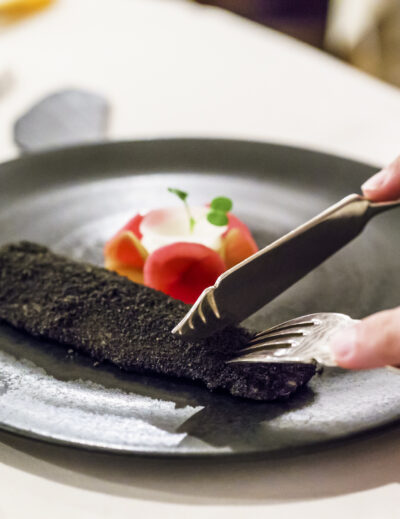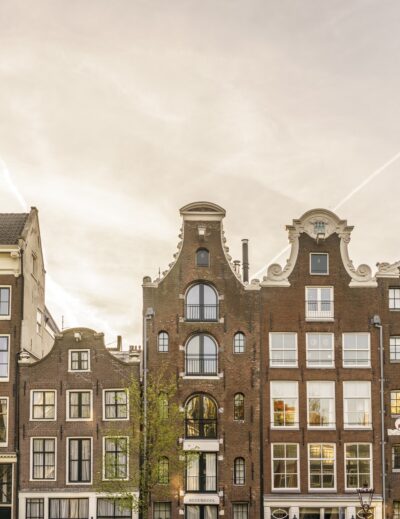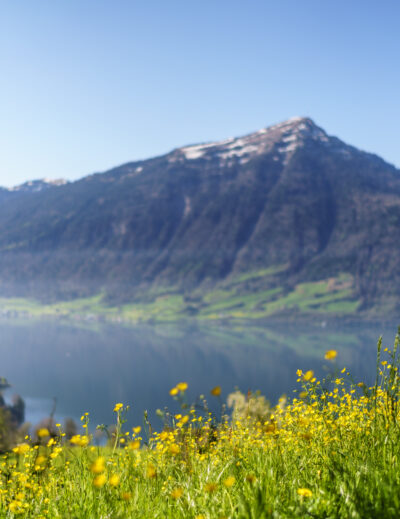
Insta tip – which Swiss world heritage sites do you know?
Unesco World Heritage Site a blessing or a curse? Opportunities and challenges? Tourist magnet or well-kept treasure? What began as a revolutionary idea in 1972 with the World Heritage Convention for the Protection of the World’s Cultural and Natural Heritage. Today, it has become a permanent fixture in the marketing of destinations. Currently, the list includes 1007 cultural and natural heritage sites in 161 countries, reflecting the diversity and richness of our planet. I don’t know about you, but I also like to be guided by UNESCO World Heritage Sites when planning my trip. For example, these days I am traveling in Lombardy and taking a day trip to Manuta. Why? Because, in 2008, the city was listed as a UNESCO World Heritage Site as an impressive Renaissance witness. However, UNESCO World Heritage does not always mean that the sights are overrun by tourists. I recently experienced this in Ticino on Monte San Giorgio. The green hill, which does not differ externally from the other elevations around Lake Lugano, is home to a mostly invisible treasure.
Switzerland currently has 11 World Heritage Sites, which cover a wide variety of outstanding cultural witnesses as well as outstanding landscape elements. Le Corbusier’s architectural work is also in pole position as a candidate. How many of Switzerland’s UNESCO World Heritage Sites have you already visited and does the label “Unesco World Heritage” play a role in your travel choice?
1- the old town of Bern
After Bern made it into Lonely Planet’s top ten list of European travel destinations in 2013 and a flattering article entitled “the cosiest capital in the world” was recently published in the Süddeutsche Zeitung, Bern is increasingly in the focus of tourists visiting Switzerland. The wonderful baroque old town centre, heritage of the Zähringers, can best be admired from the rose garden or the cathedral.
2- Benedictine Convent of St. Johann in Müstair
I have already driven past this monastery several times – always by post bus on the way to South Tyrol – but I have never seen it from the inside. Charlemagne is said to have founded the monastery around the year 800. The almost completely preserved buildings therefore provide an important insight into the early period of the Middle Ages.
3- Abbey District of St. Gallen
The ensemble of the Abbey District with its monastery church, abbey library and abbey archive of St. Gallen – founded by the wandering monk Gallus with a hermit’s cell – is still a reminder that St. Gallen was an important cultural centre in bygone eras. A walk through the abbey district should be planned during a visit to St. Gallen. The abbey library is actually a must, but it’s still on my to-do list.
4- Three castles as well as fortress and city walls of Bellinzona
The fortifications of Bellinzona with the castles of Castelgrande, Montebello and Sasso Corbaro have their origins in the Paleolithic Age and still impress today with their mighty buildings. The aim has always been to control transit traffic (Bellinzona is a junction of various pass routes). If you are on your way to Ticino, it is best to plan a two-hour stop in Bellinzona. There is enough time to let your gaze wander over the city from Castelgrande.
5- Swiss Alps Jungfrau-Aletsch
With an area of 850km2, this World Heritage Site forms one of the largest contiguous glaciated areas in Europe. With the Eiger, Mönch, Jungfrau and the mighty Aletsch Glacier, there are some trump cards in the middle of the World Heritage Site. If you want to experience the area from a different perspective, you can marvel at the roaring masses of water in the Trümmelbach Falls or experience the lowest part of the Aletsch Glacier up close on the suspension bridge between Riederalp and Belalp.
6- Mount St. George
In the Mendrisiotto there is a window to prehistoric times. Even if at first glance Monte San Giorgio does not reveal all the fossil pieces from the “Triassic” period, it is still worth a visit. At the top there is a wonderful view of the Lake Lugano region.
7- Lavaux, Vineyard Terraces
Every time I take the train from Bern to Lausanne, my mouth remains open for a moment after leaving the tunnel just before Lausanne. The view over Lavaux never ceases to amaze. Viticulture on the steep slopes of Lake Geneva has a long tradition and is still practiced today. Now in autumn a particularly beautiful destination. On my to-do list: a hike through the vines from St-Saphorin to Lutry.
8- Swiss Tectonic Arena Sardona
Another natural heritage for geology enthusiasts. Around Piz Sardona, the fascinating tectonic process that has shaped our continents and their mountain landscape over millions of years can be vividly observed. For next year I have planned a hike on the Sardona World Heritage Trail.
9- Rhaetian Railway in the Albula/Bernina landscape
The Albula and Bernina lines of the Rhaetian Railway are a masterpiece of railway construction. From a railway point of view, I find the Albula route more exciting. The highlight is the Landwasser Viaduct above Tiefencastel. In terms of landscape, the Bernina route with the highest point on the Bernina Pass is impressive. On this route, it is worth making a stopover at Alp Grüm.
10- La Chaux-de-Fonds / Le Locle, Stadtlandschaft Uhrenindustrie
I’ve always been fascinated by the strictly rectangular street system in La Chaux-de-Fonds, which we otherwise only knew from American cities. The urban history of this is not directly related to the watch city and the World Heritage Site, but it is perhaps a second reason to visit La Chaux-de-Fonds. The industrial culture is still alive today and can be felt in many places in the city. You can get an insight into the watch industry at the Espace de l’urbanisme horloger museum.
11- Prehistoric pile dwellings around the Alps
The remains of prehistoric settlements in lakes and moors were found around the Alpine region and so this World Heritage is spread over six countries (Switzerland, Germany, France, Italy, Slovenia, Austria). Of the more than 1,000 sites, 111 are part of the World Heritage Site. 56 of them are located in Switzerland. On the website Palafittes.org there is a good overview of where they are located and what activities are offered around the pile dwellings.
The #IGTravelThursday becomes a monthly project
Finally, there is news about the #IGTravelThursday. After intensive consultation with my dear co-hosts of the German-speaking #IGTT, @morgenmuffelin and @sonneundwolken, we have decided to follow the English version of the #IGTT and host it as a monthly project from now on.
For you, this means that in the future we will publish a new #IGTT post and thus the new Linky on the first Thursday of every month. So you now have a full month to write your article on the #IGTravelThursday and can approach it even more creatively. As usual, you can then add your article about the topics “Travel & Instagram” to the Linky and browse through the posts of other bloggers. If you still want to publish an #IGTT article more than once a month, you can simply add another article to the monthly linky.
We are looking forward to continuing the German-speaking #IGTT together with you in a new form from now on and would like to take this opportunity to thank you for your great commitment in the last few weeks!
I’m co-hosting the #igTravelThursday blog project. Would you like to join us? Here’s how to do it: 1. Write a blog post about Instagram and travel – 2. Put a link to one of the #igTravelThursday hosts – 3. Add your blog post here above (please only articles from this week until 1.10) – You can find more information on the IGTravelThursday explanation page.
Are you active on Instagram? Tag your travel photos every Thursday with the hashtag #igTravelThursday and become part of the project. You can find me on Instagram here: travelita





Leave a Reply